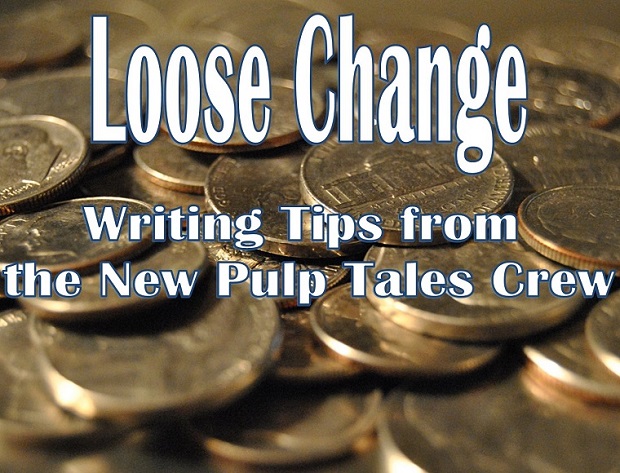Hey Dr. Nick! Well, I’m not Dr. Nick and if you’re not a fan of the Simpsons, you might not get the reference. But that’s okay. It doesn’t matter. But genre does. Why is that?

Hey Dr. Nick!
Well, I’m not Dr. Nick and if you’re not a fan of the Simpsons, you might not get the reference. But that’s okay. It doesn’t matter. But genre does. Why is that? And what do grocery stores and book stores have in common, anyway? Grocery stores are a great example of how industries at large embrace genre and sub-genre.
Grocery stores excel at putting things in order on shelves. Genres magically appear when you walk in the store. Their aisles are labeled with the different genres you have to choose from. Sub-genres become apparent when you go to the genre aisle you want, say Soft Drinks, and you see the various sub-genres on the shelves: Pepsi, Sprite, Mellow Yellow or (blech!) Dr. Pepper. Produce is another genre aisle in a grocery store. Fruit and veggies are two of its sub-genres. Parents know that some kids prefer the candy genre over the produce genre and its sub-genre vegetables.
Book stores are the grocery stores of the written word. This includes Amazon. Publishers and book sellers need genres to sort and place books in their correct “aisles”. The genres and sub-genres of popular fiction have their own aisle or shelf, and sales are crucial to the amount of exposure a book will receive. What a customer sees on a shelf, the book’s cover or the book’s spine, and whether a book is put on an end cap or on a big table in the middle of the store are all factors of how publishers and book sellers believe a genre and its sub-genre are doing in the marketplace. They need genre to follow what the public wants to read at any given moment of any given day. Genre matters in a very big way to the industry that you may want to join.
But, what about your own writing? Does Genres matter here, too? Yes, a lot.
Genres are plans or outlines that guide writers with their creation. Each genre has its own blueprint of how the words are put together. For instance, Horror uses a constant buildup of tension designed to carry readers to a horrific release. Romance must introduce “the couple” within so many pages before the story splits “the couple” and builds tension to their “happy ever after” ending. Mysteries must drop a body in the first few pages so protagonists have a crime to solve. In Young Adult, the protagonists must go through “an awakening” related to their growing up. Each genre has many different phases writers need to know in order to construct a book recognizable as “a mystery”, “a romance”, “a young adult”, etc.
And each genre has its own set of sub-genres. What separates these sub-genres are the tropes they use and they are important. This article isn’t about tropes, but I’ll give you an idea of what I mean. Classic mysteries must have a body, a detective of sorts, clues to find, red herrings, and the like; even Scooby Doo followed this pattern. For example, if the genre is mystery, but you don’t see the murder taking place, it may be the sub-genre Cozy mystery. If you see the murder, or the scene is horrific, it might be a Hardboiled or Detective mystery sub-genre. In Sci-Fi the tropes are different. Maybe the setting is off world, involves aliens or other worldly characters. There are space ships and ray-guns, its in the future. Epic fantasies have dwarfs and elves and humans who fall for elves, and a dragon – well maybe not every time. John Snow fell for a Targaryen, not an elf, but you get the idea. And genres evolve and morph, even mash together to create new tropes supporting new sub-genres. Take the Twilight Series. It’s known as a Young Adult/Romance/Fantasy with Vampires and Werewolves. Books like the Hunger Games or Divergent are called a blend of young adult, fantasy and dystopian future. Personally, I like this blurb I found on the web: “girls-who-kickass-in-a-dystopian future-genre”.
Back to genres. It’s good to keep abreast of what’s current in genre. But, don’t be consumed by it. It will change. Puzzle mysteries at the turn of the century evolved into cozy mysteries then to Hardboiled and Noir in the 20s, 30s, and 40s. The Private Eye showed up in the 50s, which has continued to evolve. There are Police Procedurals and Thrillers and a host of others. But this isn’t an MFA program; that’s where you’ll learn the real details. Hint: It’s worth the tuition. An MFA program will keep you from writing a book like Billy’s. He’s convinced he has a New York Times best seller. Billy’s masterpiece goes something like this:
A hero meets a girl at church and falls in love. The girl is killed by ghosts then becomes a zombie. The zombie and the protagonist fall out of love after a series of on-again, off-again adventures in a mystical land while following clues to find the ghosts responsible for her death. Aliens attack and take over the world, so the couple steal a spaceship to stop the aliens and fall back in love. While searching for the killer ghosts, he has to take a potion to become a kid again who can understand what the little things mean; and battle evil ghosts. But he dies and becomes a zombie and they live happily ever after.
Sure sounds neat, doesn’t it? The point is Billy’s masterpiece is all over the genre map. Can some writers do it? Sure, a few. I wish I was that good.
So, in conclusion, Genres are like the lanes on a highway. They keep the car in the place it’s supposed to be. If you drive all over the road, people tend to become angry. It’s exactly the same with grocery stores or writing genre fiction. No one wants to find a fish in with the dairy, and no one wants to start a book only to discover in the fifth chapter of The Mystery of the Disappearing Pickle, it’s really not a mystery.
Next week I’ll talk about how screwed up the Great American Reading list is.
P.S. I have already had complaints that everyone knows Dr. Pepper is the best! 23 great flavors! Whatever.
